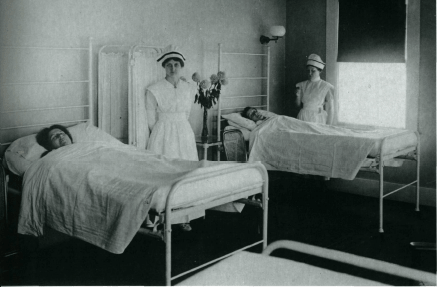Waushakum Lake and Ice houses
February 2014Everyone knows there are quite a few bodies of water in Ashland. We have visited the reservoirs, ponds, and rivers but today I would like to focus on the lake on the Framingham side of town. Lake Waushakum is probably more of a Framingham treasure, but we here in Ashland have our opinions and fond memories too. You have to live somewhere off of East Union Street, or along Route 126 by Waushakum Avenue to be close enough to the lake to have true bragging rights, but everyone I know has a story about the lake.
According to Laurie Evans-Daly and David C. Gordon from their book “Images of America Framingham,” Waushakum is derived from the Algonquin word Washakamaug, meaning “eel–fishing place.” Cited by their research, eels were a particular favorite of the local Nipmuc Indians. The lake itself is about 90 acres in size which probably classifies it as a pond. Most references I see online, including some from the DCR list it as a lake, while others say it’s a pond. Pick your poison I guess.
In the summer time, Lake Waushakum is a favorite spot to go swimming or to lie on the beach. Being a fresh water body it does have its drawbacks though. With all the fertilizers that used in the surrounding community, the lake is a breeding spot for algae and other vegetation. To deal with this, both Ashland and Framingham have applied for grants from the Mass DEP to try to mitigate the problem. The thought was to create rain gardens along the roads abutting the lake. The design of these gardens would filter some of the runoff that comes naturally from the area around the lake. Apparently, they were partially successful. In 2008 the DEP awarded $98,500.00 (split evenly) to Ashland and Framingham to begin this process.
Another problem is e-coli. Framingham evaluates the e-coli level every year and decides whether to open or close its beaches to swimmers. The lake is regularly monitored, and occasionally the beaches are closed until the levels fall below the state limit of 235 Colony Forming Units (CFU) per 100 milliliters of water. I’m not sure if I would like to be in the water even with those levels, but if the state says it’s safe I guess it’s OK. Now what about the alligator that was allegedly sighted in 2008? Channel 7 News reported that a 15-year old boy claimed to see a 6 foot alligator. Local officials set traps for the animal, but nothing was caught. Let’s see: Algae, choking vegetation, e-coli, and alligators. I think I’ll spend my summers avoiding sharks at Horseneck Beach.
That was the summers. What about the winters? Other than ice fishing, the biggest industry was harvesting the ice. Before refrigeration, the icebox was the only way to preserve food. In addition, it was necessary to have it available all year long. Enter the Ice industry. Naturally, the best place to cut and store large amounts of ice was as close to the source as possible. Lake Waushakum had its compliment of icehouses. The Boston Ice Company packed 40,000 pounds of ice in six icehouses in the early 1900s. Ice was cut in the winter and stored in the houses where the walls were lined with two feet of sawdust. Sawdust was also placed between the layers of ice, and hay was put on top of the stacks. All this to act as a natural insulator. Sounds like a safe operation, but research shows that these icehouses burned on a regular basis. Boston Ice Company lost all six of its icehouses in a fire in 1909. Even with the presence of ice, the hay and sawdust occasionally caught fire. The heat generated would melt the ice until it turned into steam, which in turn would pressurize the buildings to point where they would explode. It was a $50,000 loss for Boston Ice Company. Fortunately, they were insured.
Another ice company along Nipmuc Avenue was the Fair Ice Company. Walter Nicolas from Framingham worked for the Fair family. Walter remembers cutting and stacking 200 pound blocks of ice for Fair, and delivering it to the Framingham area. He mentioned Cushing Hospital as one of their biggest customers. He delivered the ice in a 21/2 ton early ’40s truck with two by fours jammed between the body and springs to keep the truck from bottoming out. That must have been a sight. I’m sure the finest from the Framingham Police Department are still shaking their heads. And coming as no surprise, the Fair Ice Company burned to the ground in the mid forties.
A third ice company, Cove Ice Company, was located on Cove Avenue. They operated in the same manor as the Boston Ice Company and Fair Ice. Guess what happened to them?
Good thing ice isn’t flammable.
Steve Leacu for "Ashland Directions"
February 2014











